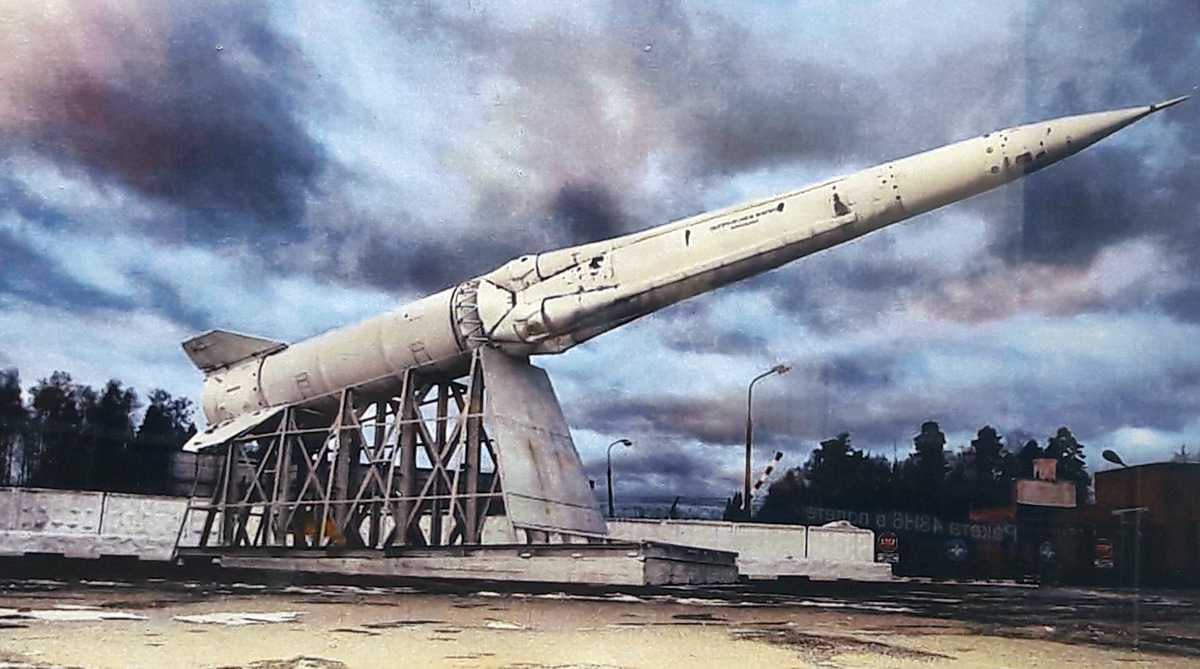marauder2048
"I should really just relax"
- Joined
- 19 November 2013
- Messages
- 3,157
- Reaction score
- 926
Presumably because the older plane is much cheaper to maintain, more numerous and will carry more LRSOs, and against a peer adversary, it will be launching them from outside contested airspace, so stealth isn't a requirement.Was there ever the thought to replace the B-2's low-observable coatings? The B-2 even without the coatings will still be orders of magnitude stealthier than a B-52 and if all you need is a cruise missile launch platform (once the B-21 arrives) then why not keep the 30 year old plane and not the 90 year old plane?
Alternatively why not a cruise missile platform version of the KC-46? Its been doable to install bomb bays in commercial airliners (P-8) and it would not be introducing a new aircraft into the Air Force's fleet, and I bet the KC-46 maintenance costs will be significantly lower than the B-52s.
Launching missiles out the back of cargo planes has been considered and tried.
It's been completely done-to-death...most recently by RAND in 2015.
Palletized launchers (MCALS) for flat-floored military cargo aircraft and the displaced 463L pallets go
on the KC-46s that aren't MC for tanking.

